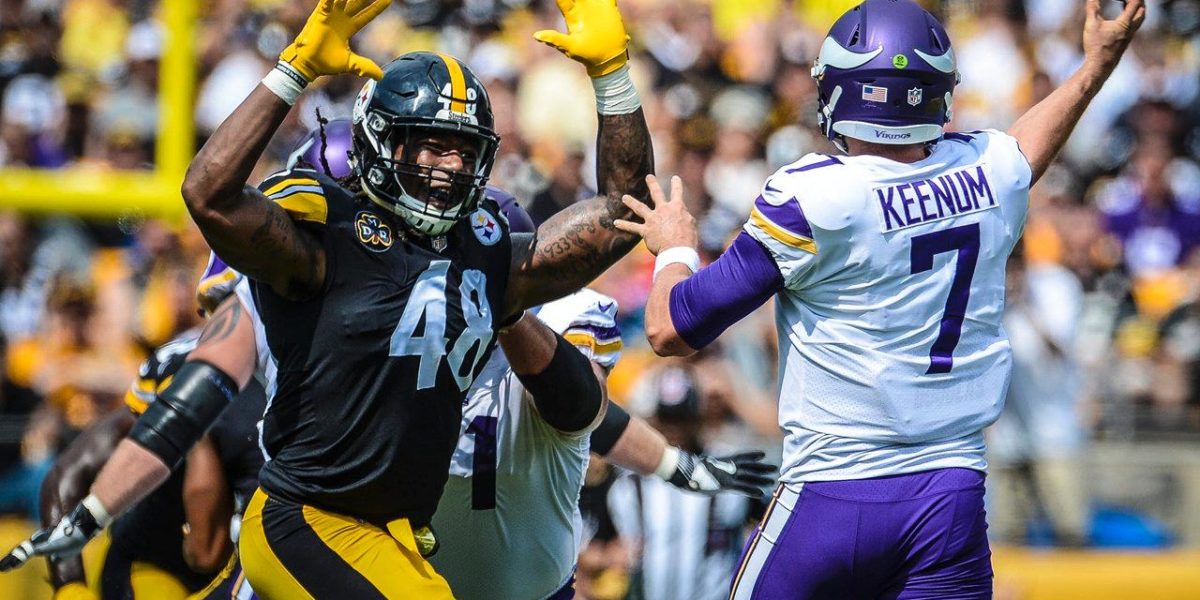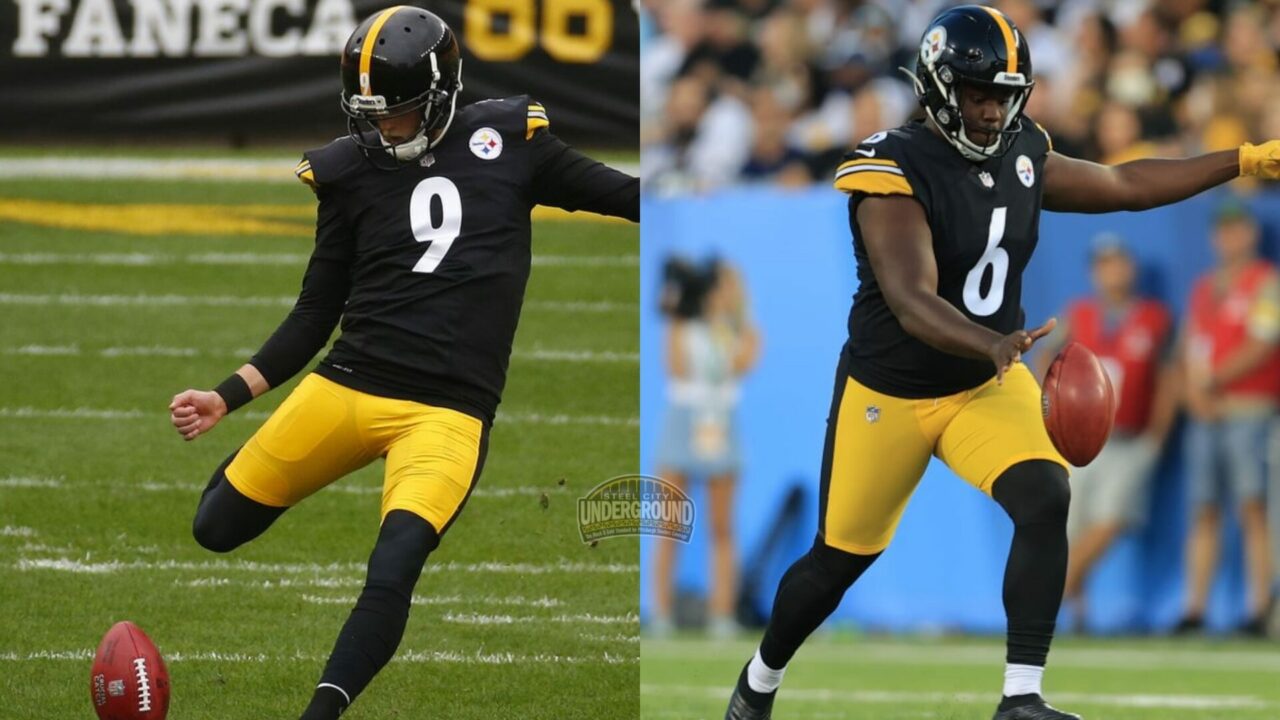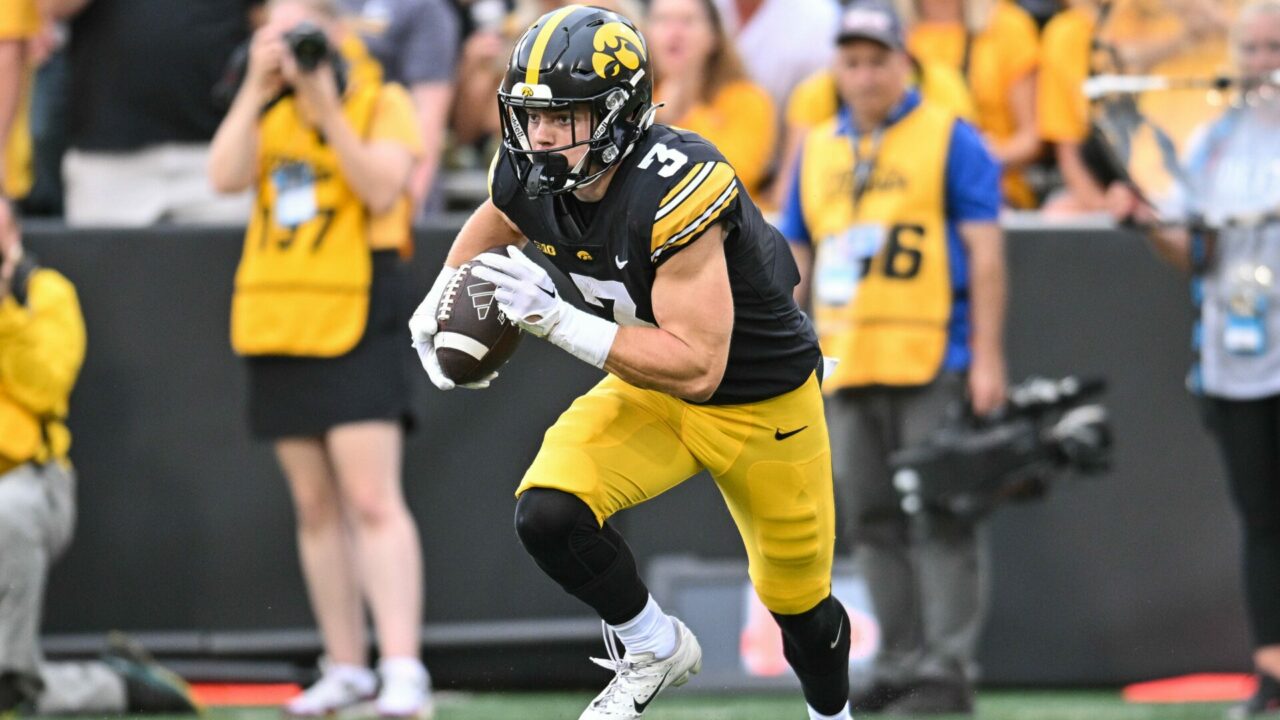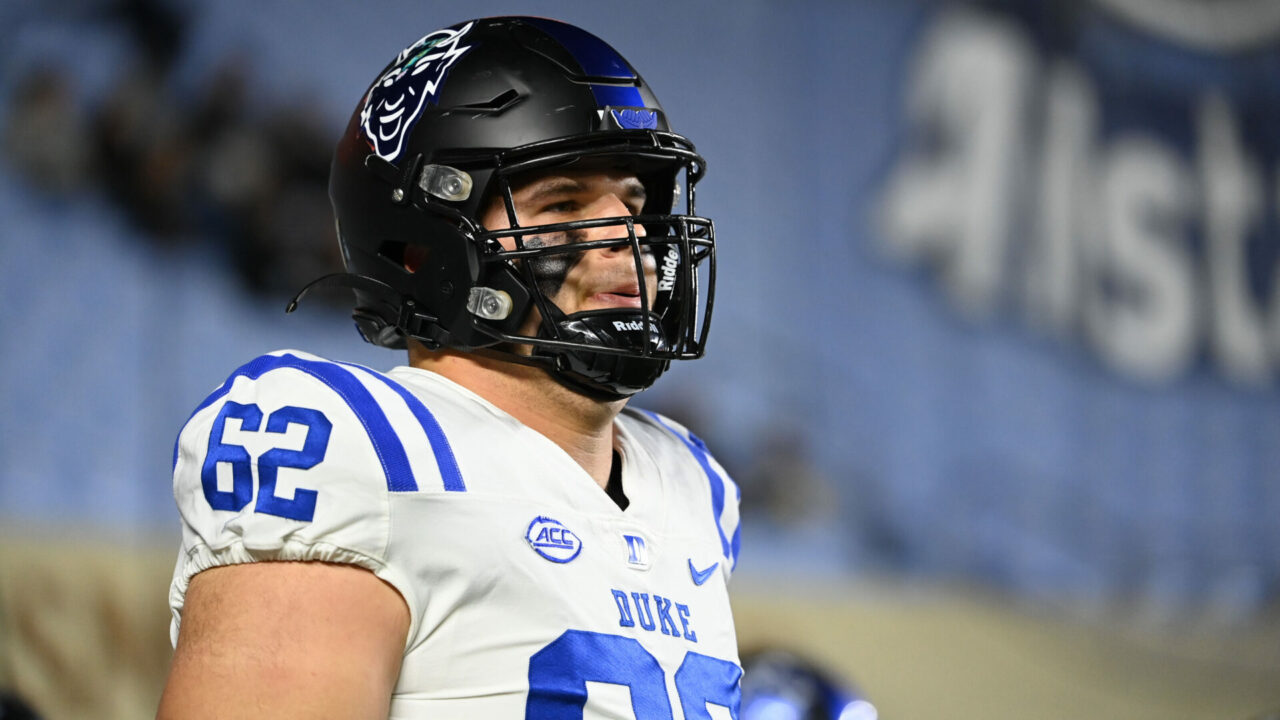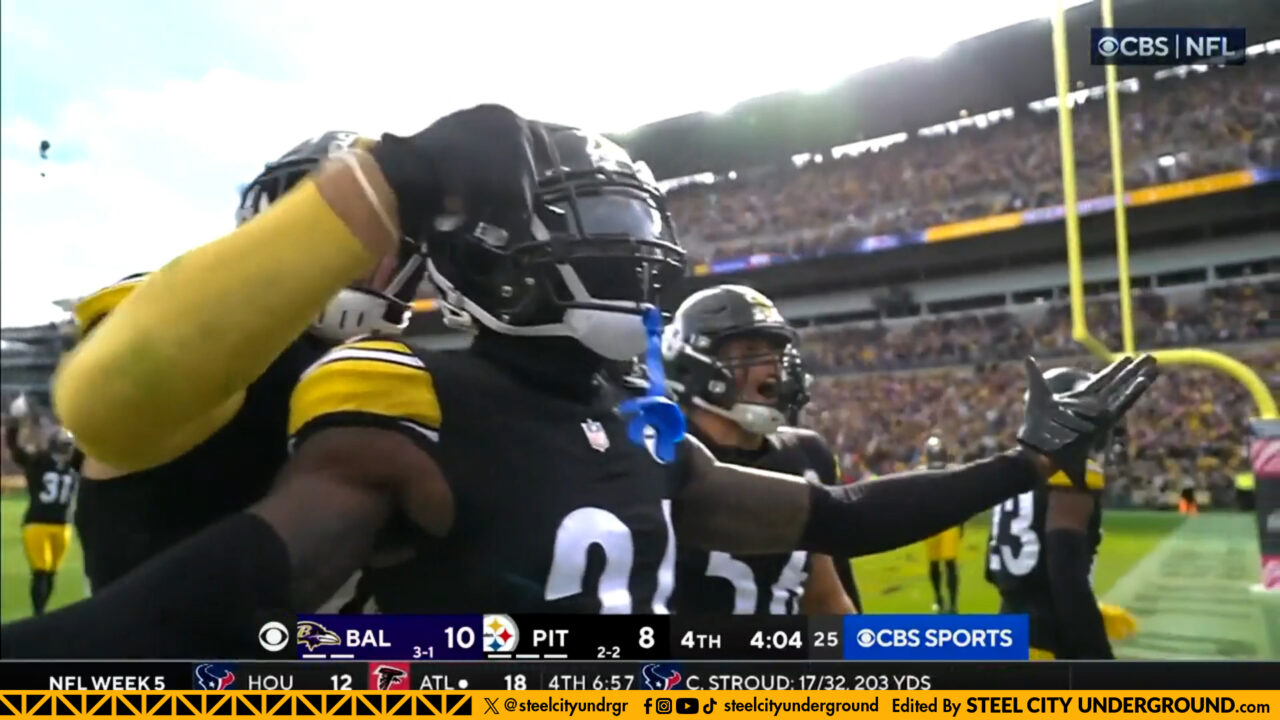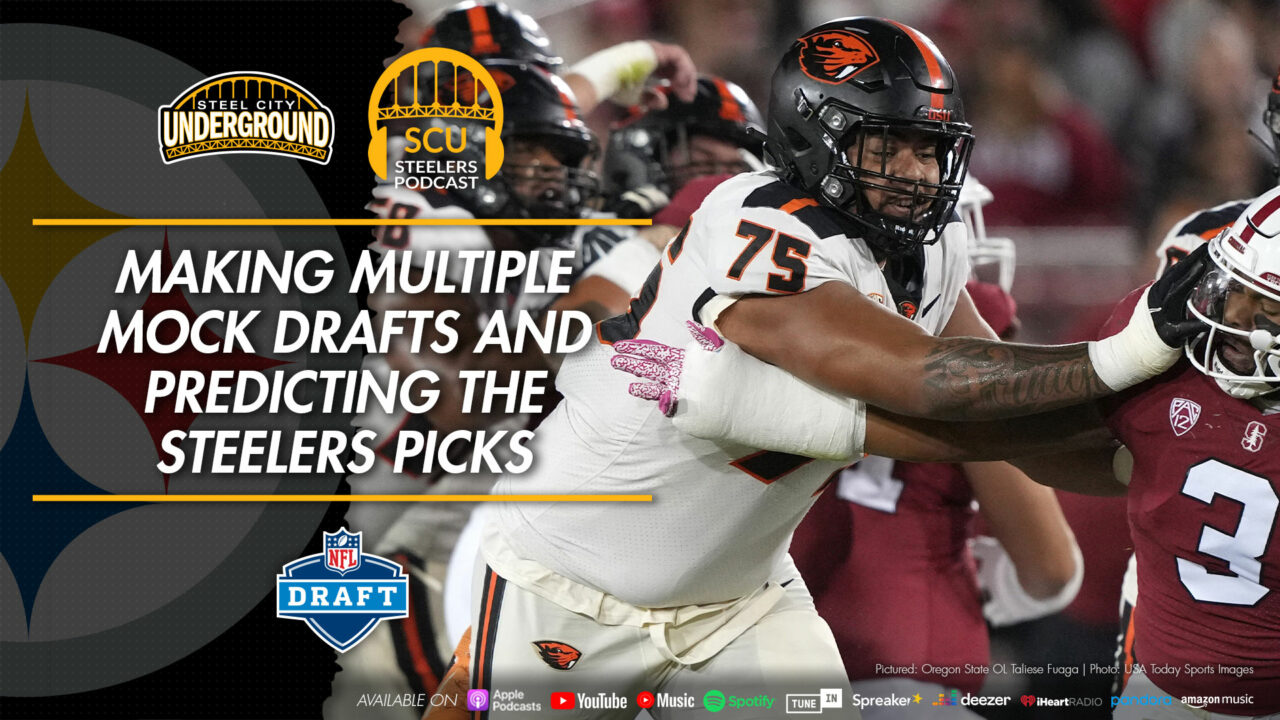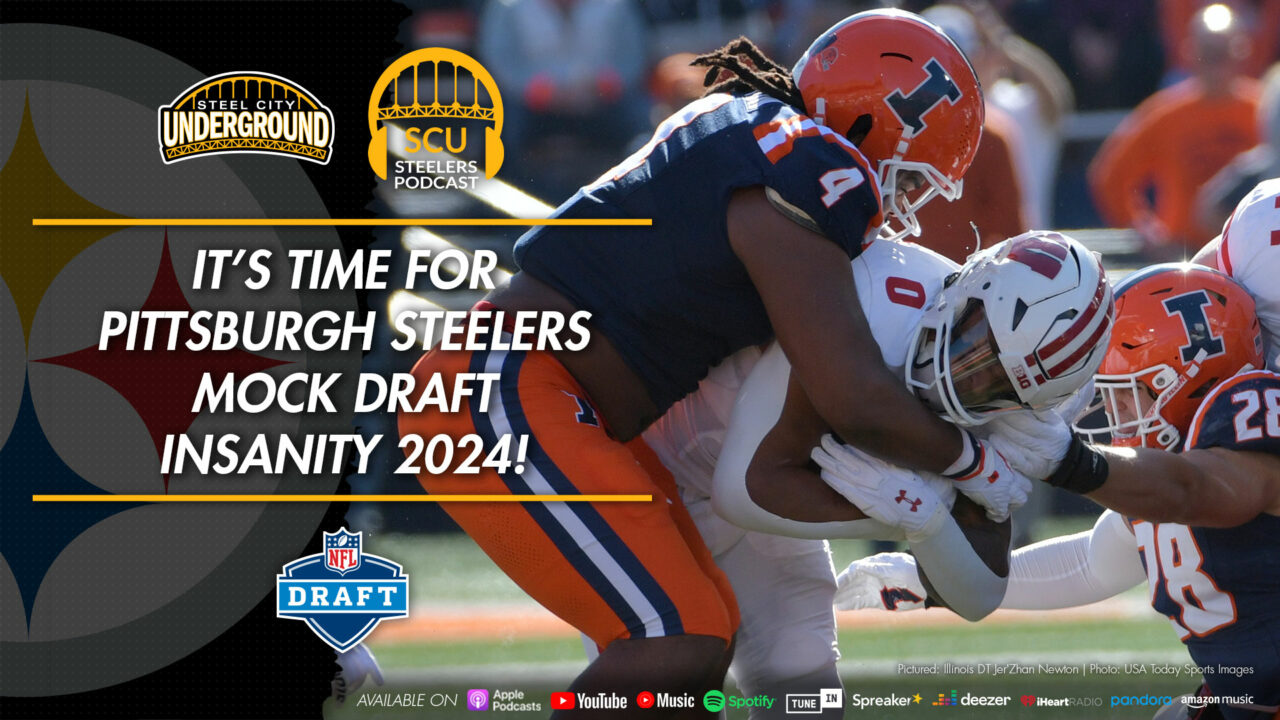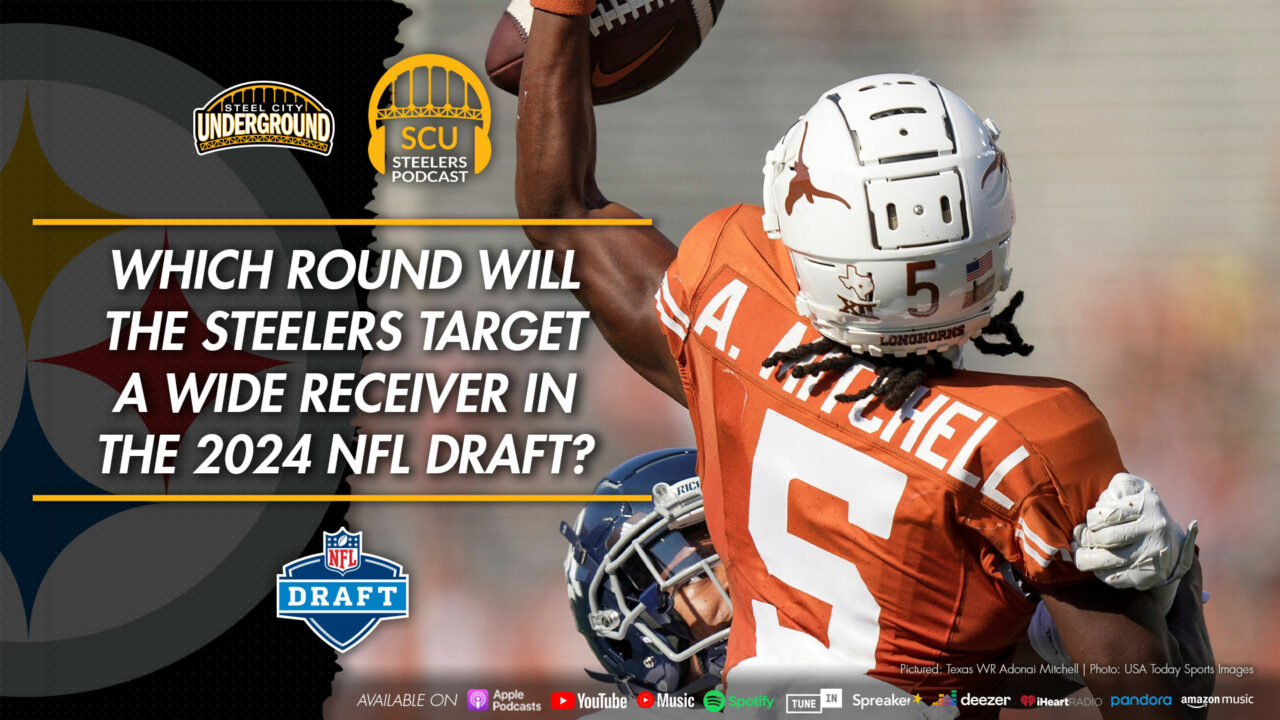Expectations of outside linebackers have changed in Keith Butler’s defensive schemes
Most specifically, they want to see the double-digit sack seasons of the players of yesteryear. If someone like Dupree doesn’t have 10-plus sacks, they’re simply “no good”, “a bust”, or “useless”.
However, the reason Dupree isn’t any of those things is the role he, and even his teammate on the opposite side of the D, T.J. Watt, plays in Pittsburgh’s current defensive schemes. Judging him only on sacking the quarterback isn’t a fair metric.
I’m going to prove it with other statistics below, but let’s first give Dupree a pass for those persons who want to compare him as a first-round failure a la Jarvis Jones. First of all, Dupree had as many sacks in 2017 as Jones had in his entire Steelers tenure. That aside, Dupree didn’t start an entire season until last season. As a rookie, the Kentucky product started in five games while the Steelers deployed a rotation at the outside linebacker position which included Jones, James Harrison, and Arthur Moats. At times, Anthony Chickillo would also pop into circulation over Dupree’s career, which stalled to start in 2016 as he was placed on injured reserve.
Once Bud returned, he and Harrison played nearly 100% of the snaps over the final 4-5 games of that year: Dupree would rack up 4.5 sacks over that time period, besting his 4.0 from his rookie season.
Jones never had more than 2.0 sacks in 50 games (35 starts). When compared with Dupree’s 8.5 sacks in 23 games (9 starts), well, there’s no comparison. I realize that’s not quite Porter or Harrison territory, but few achieve those sort of numbers anyway. Greg Lloyd only had one 10-sack season. He never reached double-digits again, and only had more than 7 in a season one other time (1991). Joey Porter hit double-digits twice (10.5 in both 2000 and 2005) while Harrison and Woodley did it three times.
We may never see a defense like the Steel Curtain of the 70’s, Blitzburgh of the 90’s, or whatever you want to call the Super Bowl runs in 2005, 2008, and 2010 ever again. That’s because of several reasons. First, those teams were loaded with talent. The most recent dominant defense featured forgotten Pro Bowl players like Casey Hampton and Aaron Smith, as well as the memorable future Hall of Famer Troy Polamalu.
Not only do the current Steelers lack that sort of pedigree, but that 3-4 defense has adapted to an evolving pass-happy NFL, where big nose tackles are a liability in lieu of covering a third or fourth receiver and a pass-catching tight end.
That’s where Dupree, and Watt, both differ from their predecessors in that they’re called upon more in pass coverage as opposed to blitzes. A contingent feels Dupree hasn’t gotten to the quarterback enough, but the same criticism isn’t bestowed upon Watt (who only had one more sack than Dupree in 2017). Watt had eight more tackles, but that’s only where the comparisons begin for the Steelers outside linebackers. Using statistics I compiled from Pro Football Reference (PFR) and Pro Football Focus (PFF), I started to dig into why it appears these two edge rushers aren’t as “successful” as a Porter or Harrison of the past, or their peers presently within the league.
The simple answer is this: they don’t have as much opportunity.
As mentioned above, Dupree and Watt are asked to drop into coverage more often, thus limiting their ability to strictly go after the passer. To illustrate this, I gathered stats on the top 25 outside linebackers, who played at least 400 snaps last season, were asked to cover in at least 5% of their overall snaps, and then ordered them by sack rank.
| Rnk | Tot | Cov | Name | Tm | Snaps | Cov Snp | % | Sck |
|---|---|---|---|---|---|---|---|---|
| 1 | 7 | 23 | Ryan Kerrigan | WAS | 820 | 49 | 5.98% | 13.0 |
| 2 | 1 | 9 | Justin Houston | KC | 1,015 | 145 | 14.29% | 9.5 |
| 3 | 9 | 5 | Matthew Judon | BLT | 787 | 164 | 20.84% | 8.0 |
| 4 | 4 | 10 | Bruce Irvin | OAK | 880 | 121 | 13.75% | 8.0 |
| 5 | 6 | 20 | Derrick Morgan | TEN | 827 | 68 | 8.22% | 7.5 |
| 6 | 14 | 21 | Clay Matthews | GB | 656 | 43 | 6.55% | 7.5 |
| 7 | 8 | 4 | T.J. Watt | PIT | 809 | 183 | 22.62% | 7.0 |
| 8 | 2 | 12 | Brian Orakpo | TEN | 938 | 117 | 12.47% | 7.0 |
| 9 | 3 | 25 | Trey Flowers | NE | 921 | 51 | 5.54% | 6.5 |
| 10 | 5 | 8 | Bud Dupree | PIT | 850 | 137 | 16.12% | 6.0 |
| 11 | 18 | 14 | Leonard Floyd | CHI | 582 | 68 | 11.68% | 5.5 |
| 12 | 10 | 13 | Connor Barwin | LAR | 722 | 87 | 12.05% | 5.0 |
| 13 | 19 | 22 | Vic Beasley | ATL | 556 | 34 | 6.12% | 5.0 |
| 14 | 20 | 3 | Devon Kennard | NYG | 543 | 129 | 23.76% | 4.0 |
| 15 | 15 | 11 | Erik Walden | TEN | 644 | 81 | 12.58% | 4.0 |
| 16 | 13 | 15 | Shaquil Barrett | DEN | 664 | 76 | 11.45% | 4.0 |
| 17 | 11 | 1 | Lorenzo Alexander | BUF | 719 | 204 | 28.37% | 3.0 |
| 18 | 23 | 6 | John Simon | IND | 472 | 82 | 17.37% | 3.0 |
| 19 | 16 | 7 | Sam Acho | CHI | 639 | 103 | 16.12% | 3.0 |
| 20 | 12 | 17 | Jordan Jenkins | NYJ | 715 | 70 | 9.79% | 3.0 |
| 21 | 25 | 24 | Kyler Fackrell | GB | 446 | 25 | 5.61% | 3.0 |
| 22 | 21 | 2 | Barkevious Mingo | IND | 503 | 132 | 26.24% | 2.0 |
| 23 | 22 | 16 | Josh Martin | NYJ | 489 | 48 | 9.82% | 1.5 |
| 24 | 17 | 18 | Frank Zombo | KC | 639 | 54 | 8.45% | 1.5 |
| 25 | 24 | 19 | Kareem Martin | ARZ | 458 | 38 | 8.30% | 1.0 |
As you can see, Watt and Dupree were in the top ten of their position to drop back into pass coverage last season. Sorting through the differences is tricky but placing coverage snaps next to total snaps, we can see how often the pair of Steelers aren’t blitzing. According to PFF, Dupree dropped into coverage the fifth-most amount of snaps. 137 of Dupree’s 850 snaps, are further skewed when you consider he played the 19th most total snaps among those edge players. Of the edge defenders listed, who dropped into coverage more than Dupree, only two had more sacks than him: teammate T.J. Watt (7.0) and Baltimore’s Matthew Judon (8.0).
Those who would prefer a Joey Porter or James Harrison approach (i.e. leading the league in sacks) are unfairly comparing Dupree and Watt to defensive ends like Chandler Jones (17 sacks) or Calais Campbell (14.5 sacks), and Texans defensive end/outside linebacker Jadeveon Clowney.
Jones dropped into coverage on 4.89% of his plays while Campbell did so 0.51% of the time. (Yes, less than one-half percent!) Texans defensive end/outside linebacker Jadeveon Clowney (9.5 sacks) dropped into coverage only 2.35% of the time.
Ideally, the two best comparisons to the Steelers duo are the Chiefs’ Justin Houston and Raiders’ Bruce Irvin. Each had more sacks and dropped into coverage a bit more than their other counterparts, however, both also played more total snaps overall. (Houston played the most of all on this list with 1,015 snaps – 165 more than Dupree and a near equivalent to three additional games worth of playing time!)
If I told Steelers Nation that they had Justin Houston and Bruce Irvin on their roster they’d likely pee themselves with excitement: that’s why the 6 sacks Dupree had or the 7 Watt made are a tremendous success when examined against their peers.
Their productions also go hand-in-hand with the Steeler ability to lead the league as a team. Since each drops back more often, it frees up other defenders, such as Cam Heyward (12.0 sacks), Vince Williams (8.0 sacks), or Mike Hilton (4.0 sacks) to become playmakers. This can lead to deceptive schemes as the opponent isn’t just standing there waiting for the outside backers to rush the passer.
One advantage to the Steelers traditional 3-4 defense was that the other team couldn’t identify the extra rusher. Considering Pittsburgh plays in their base defense one-third of a game (if they’re lucky) having versatile linebackers who can drop into coverage or get to the passer is an asset.
Therefore, don’t look down upon these players if they don’t reach ten, eleven, or twelve sacks in 2018. Times have changed and Steelers defensive coordinator Keith Butler has positioned his squad to adapt to today’s NFL. That progression has brought us to an era where an ungodly amount of sacks by a single linebacker may become a trend of the past.
